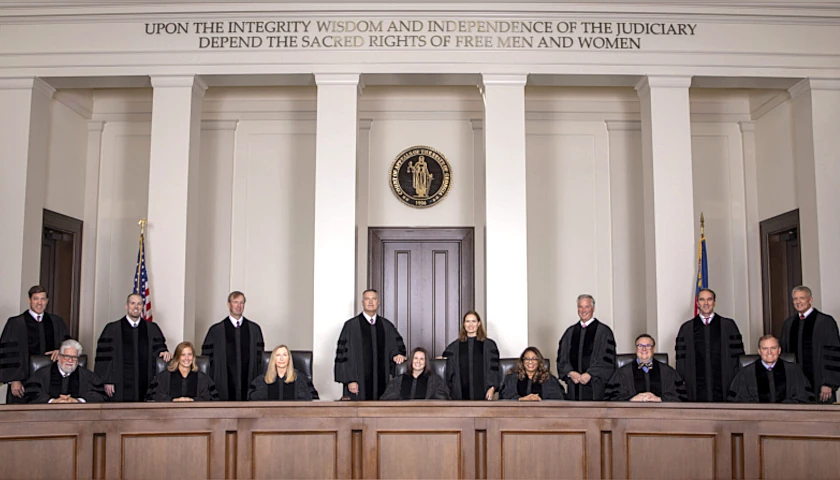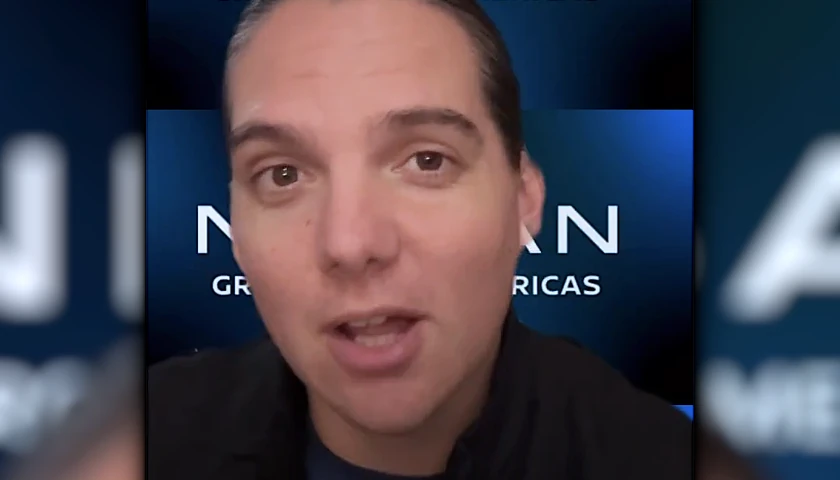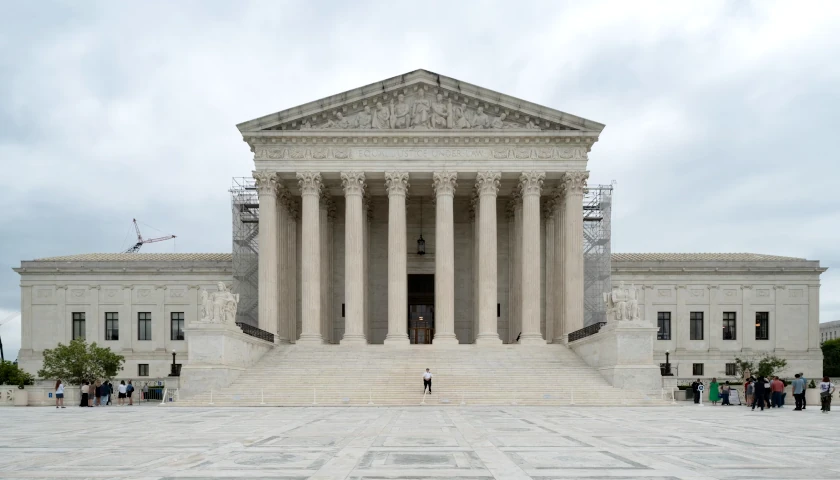by T.A. DeFeo
Design flaws in the federal food stamp program hinder recipients’ upward economic mobility and effectively force them into governmental dependency.
That’s the upshot of a new Georgia Center for Opportunity report exploring possible solutions for addressing the benefits cliffs in safety-net programs like the Supplemental Nutrition Assistance Program.
Erik Randolph, GCO’s research director, told The Center Square that the report — “Solving the Food Assistance (SNAP) Benefits Cliffs” — identified several steps federal authorities can take to ensure that SNAP functions as safety net programs should. In doing so, the federal government can eliminate SNAP benefit cliffs without spending more money.
“The very basic concept is that when you lose more in taxes and benefits than you receive from a gain in additional earnings, that’s how we’re defining a cliff,” Randolph said. “Let’s say that you get a pay raise worth $2,000, but you actually lose $3,000, you’re $1,000 behind; you’re worse off financially than what you were.
“The trade-off is that you can accept the pay raise but end up with less money,” Randolph added. “If someone’s acting in a rational manner, why would they do that? But in the long term, it’s going to harm them because it’s going to reduce their economic mobility. So, the system shouldn’t have that as part of it. It should be a hand up and not a handout that prevents you from making the right decision or that’s encouraging you to make the wrong decision.”
The report recommends that Congress limit the length of future emergency allotment programs and require the U.S. Department of Agriculture to recalculate the Thrifty Food Plan to correct mathematical errors in setting benefit allotments. The feds should also change deductions and definitions to prevent marriage penalties, update federal law to allow states to test potential solutions through demonstration projects and allow the agriculture secretary to work with states to solve SNAP benefit cliffs.
“It’s like going in and getting your car calibrated,” Randolph said. “You’re driving your car, and it’s pulling to the left, and you need a re-alignment. You just got to go in and have your mechanic adjust it, and then when you can drive, it’s not pulling to the side — it’s the same sort of thing.
“I think a lot of the pieces are there in the law; it’s just that they’re not aligned properly,” Randolph added. “We actually identify the part that you need to tighten up or change in order for it to be aligned. To me, that’s the good news. It shouldn’t be a hard thing for them to do because we identified the pieces of what they need to do to solve it.”
– – –
T.A. DeFeo is a regular contributor at The Center Square.








